
Editorial: NDP unclear on environment
When provincial NDP leader Adrian Dix announced his party’s green policy last Monday, Ken Wu of the Ancient Forest Alliance was less than impressed: “The NDP’s environment platform is like a blurry moving sasquatch video in regards to potential old-growth forest protections and park creations. You can’t discern if it’s real and significant, or if it’s just Dix in a fake gorilla costume.”
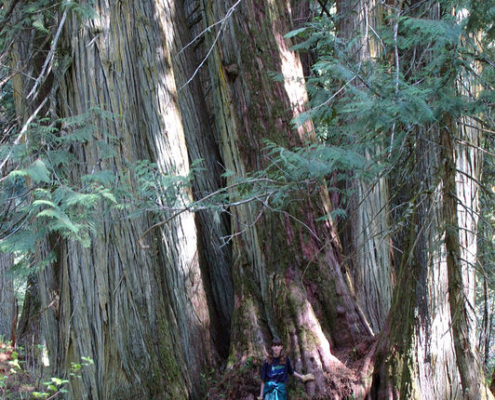
Proposal for UN World Heritage Site for the Giant Cedars in BC’s Inland Rainforest Gains Momentum
Proposal for UN World Heritage Site for the Giant Cedars in BC’s Inland Rainforest Gains Momentum Cooperation between conservationists across BC is ramping up a public awareness campaign to protect BC’s globally rare Inland Temperate Rainforest and to have one of its finest natural areas, highlighted by giant redcedars, designated as a UN World Heritage Site east of Prince George.
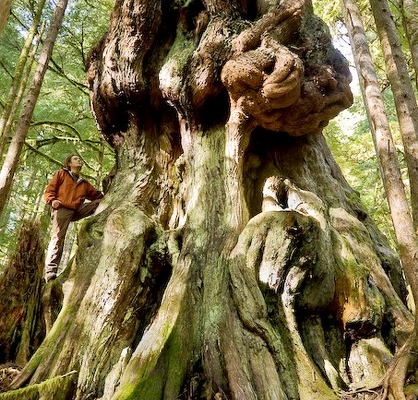
West Jet’s Going Coastal in Avatar Grove
With a name inspired by James Cameron's blockbuster film, Avatar Grove is home to a remarkable stand of photogenic old-growth trees, including "Canada's gnarliest". Download a map at https://staging.ancientforestalliance.org

Thank you to Francis Litman and Creatively United for the Planet!
The Ancient Forest Alliance would like to extend a great thank you and congratulations to Francis Litman and all the organizers and volunteers that made Creatively United for the Planet such a success this past Earth Day weekend. The family-friendly event drew out thousands of folks who were able to visit the more than 70 vendor booths and learn more about sustainability and creative ways to help the planet. It's through building a broad-based, large-scale movement that we will bring about real powerful social and environmental change. Creatively United was a great example of this! Here's to 2014!
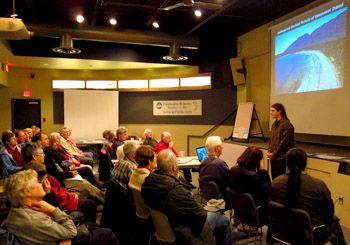
Slideshow Presentation in NANAIMO: "Conversations about a 21st Century Vision for BC’s Forests"
When: Thursday April 25, 2013
Time: 7:00-8:30 pm
Where: NANAIMO, Beban Park Social Centre, 2300 Bowen Rd., Meeting Room 3
A Joint Presentation by the Nanaimo and Area Land Trust, Ancient Forest Alliance, and VIU Ecology Students
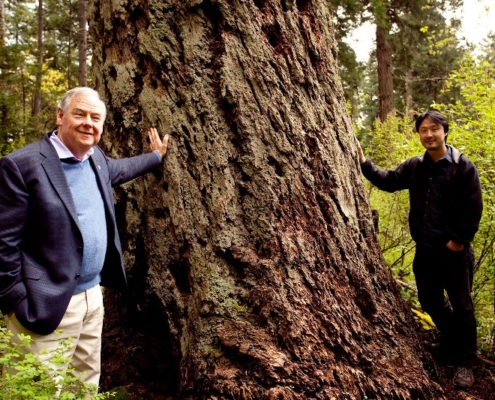
Ancient Forest Alliance pushes parties to protect old growth
The Ancient Forest Alliance is taking provincial political parties to task this election in terms of committing to preserve B.C.’s remaining old growth forests.
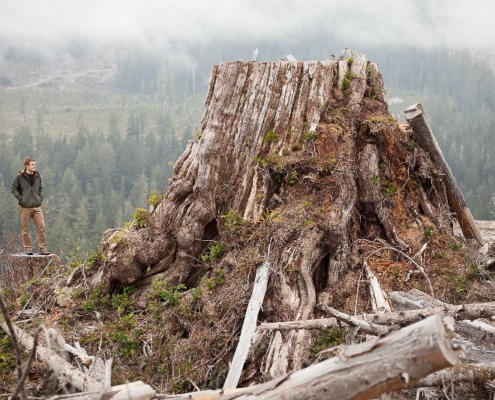
NDP Full Platform Released Today – Old-Growth Protection Mentioned and $1 million/year Allocated to Protect Endangered Species and Habitat
The Environment Platform states the party will “Protect significant ecological areas like wetlands, estuaries and valuable old-growth forests.” The recognition of the importance of protecting old-growth forests is a step forward for the party, which made no mention of old-growth or the environment in their previously released Forestry Platform, to the chagrin of conservationists. However, the critical details of “how much”, “where”, and “when” are not mentioned in today's platform.
5 Canadians to salute on Earth Day
Avatar Grove on Vancouver Island is a protected forest of towering trees that have survived on the planet for centuries, and in some cases millennia. TJ Watt of the Ancient Forest Alliance has been integral in promoting sustainable practices that will ensure Avatar Grove’s existence. An activist and photographer, Watt has so far managed to help preserve 59 hectares of forest near Port Renfrew from logging.

NDP Environmental Platform is like a "Blurry Sasquatch Video” on Old-Growth Forest Protection and Park Creation – Details Needed
Today on Earth Day BC NDP leader Adrian Dix announced the party’s environment platform, stating that an NDP government would “reinvest in BC’s parks” and “protect endangered species and habitats”. A version of the media release (not posted online) also stated the party would work to “acquire” “wetlands” and “old-growth forests”.

Earth Day forms backdrop to B.C. election campaign
“We need the NDP to commit to a science-based plan to fully protect BC’s endangered old-growth forests on Crown lands, to ensure sustainable second-growth forestry, and to commit to a B.C. park acquisition fund to purchase and protect endangered ecosystems on private lands.”
